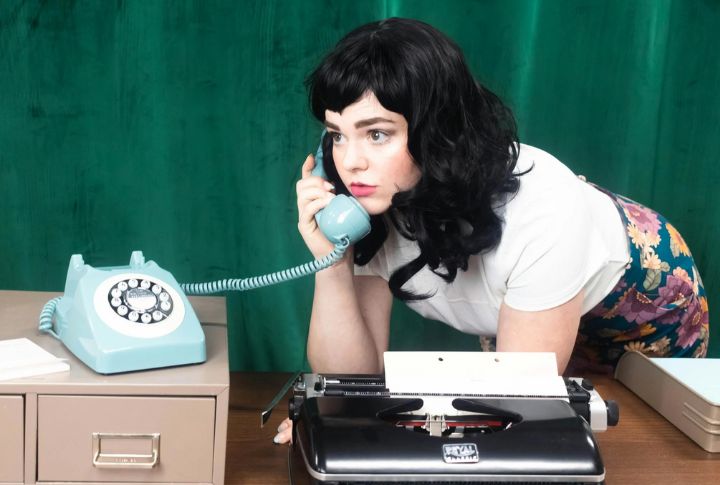
Before office towers echoed with equal voices, women were already pushing boundaries in quieter ways. The careers they took on before 1980 helped pave the road for rights and real opportunity. These twenty jobs reveal how determination turned tradition on its head and sparked lasting change in the world of work.
Telephone Operators
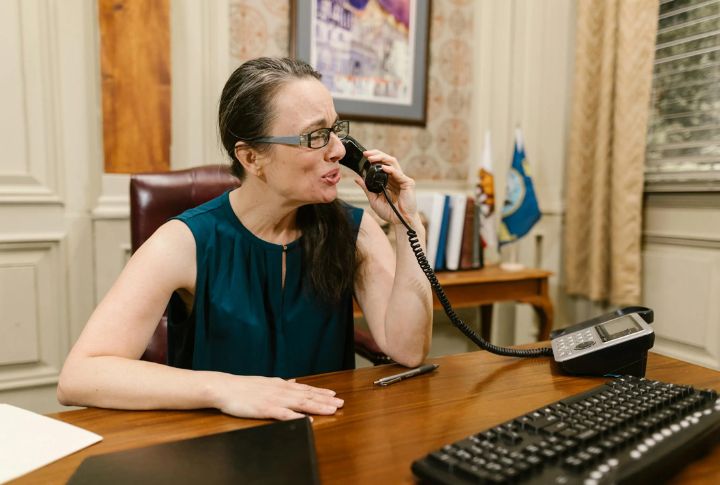
By 1946, women filled over 98% of operator roles in the U.S., memorizing hundreds of numbers with practiced precision. Tone and decorum were tightly regulated. AT&T became the most significant female employer, though women were expected to quit after marriage until the 1960s.
Secretaries

Typing pools and calendar control became second nature for secretaries, 97% of whom were women by 1950. In the 1960s, it was the most common female-held job. Many attended all-women’s secretarial schools and managed entire offices, with IBM tailoring its typewriter marketing exclusively to them.
Factory Workers (WWII Era)

With wartime drafts emptying male jobs, over six million women joined defense factories. Aircraft plants became the top employers of women during WWII. “Rosie the Riveter” wasn’t just a poster; she embodied the 35% female share of the workforce in 1943. Postwar, many were forced to return home.
Nurses

Few careers combined femininity and authority like nursing did. By 1950, over 240,000 registered nurses were women, many trained through WWII-era federal programs. Uniforms reinforced their role as caregivers, even when serving near combat zones. Nursing remained one of the few widely respected female professions throughout the mid-century.
Teachers (Elementary School)

Teaching gave women a foothold in public life—in 1970, they made up 85% of elementary educators. Marriage bans and wage gaps marked the early decades, yet the classroom became a rare space for female leadership. The profession helped society normalize women as moral guides and intellectual mentors.
Domestic Workers

From Reconstruction through the 1960s, domestic work was often the only paid job available to Black women. Cooking, cleaning, and child-rearing happened inside white households under strict social hierarchies. By 1940, over 60% of employed Black women worked in homes they didn’t own.
Textile Mill Workers
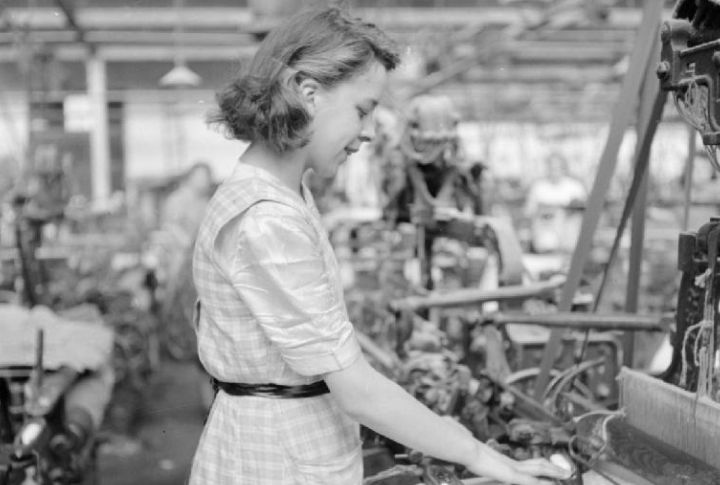
Teen girls entered textile mills as early as age 14, clocking long hours beside their mothers. The job offered financial independence but demanded grueling labor. In the 1920s, mill towns in the South were dominated by female operatives, often paid less than men for the same output.
Switchboard Girls
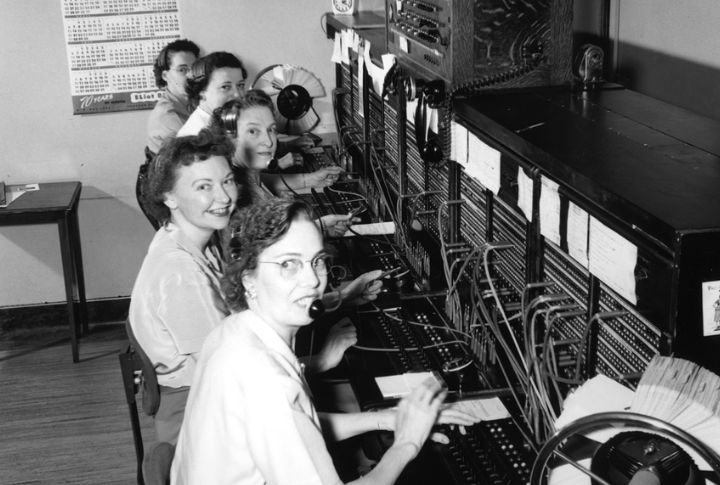
Long before digital booking systems, switchboard girls routed calls across railroad hubs and luxury hotels. Their speed and accuracy defined the guest experience. Employers preferred young, unmarried women for their “pleasant voices” and strict obedience, making this a transitional job rather than a lasting career.
Flight Attendants

Glamor disguised restrictions. In the 1960s, stewardesses had to meet strict beauty standards, remain single, and retire by age 32. Despite these rules, the job offered travel and relative autonomy. Many even used the role as a launchpad into journalism or graduate education.
Typists And Keypunch Operators
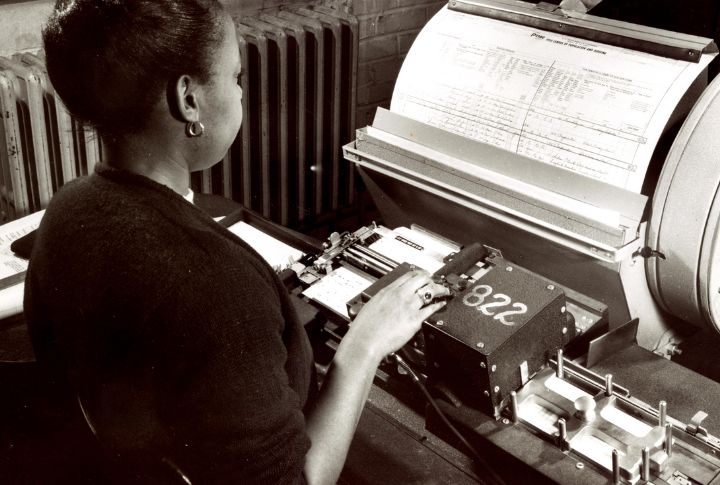
Early computing relied on women. Keypunch operators fed data into mainframes using hand-punched cards. In the 1950s, IBM and other firms hired thousands of women for this repetitive but technical work. They worked quietly behind the scenes, building the digital scaffolding for modern office life.
Waitresses And Diner Staff

Restaurants became one of the few public-facing roles women could hold without a college degree. By the 1970s, over 70% of servers were women. Tips fluctuated with charm, appearance, and endurance. Many worked split shifts while managing childcare or studying on the side.
Librarians

A master’s degree and a calm demeanor earned women places in library stacks across the country. As of 1950, nearly 80% of librarians were women. The role offered social respect and intellectual engagement, though leadership remained male-dominated. Cataloging and reference skills gave them lasting influence on public knowledge.
Journalists (Women’s Pages)
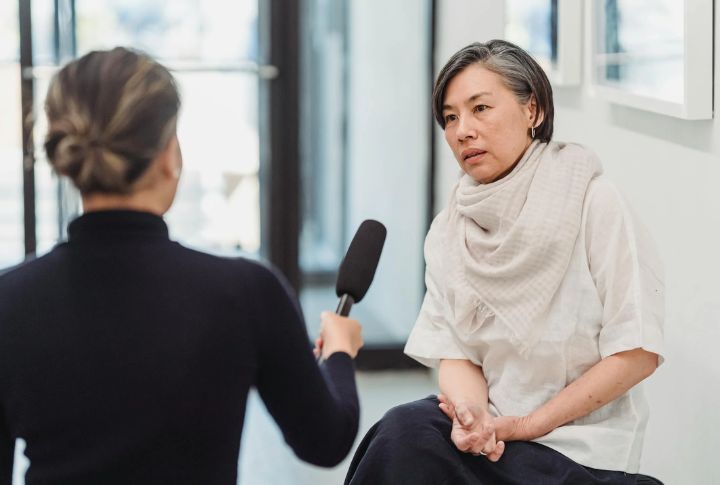
Women entered newsrooms through the “women’s section,” covering weddings and fashion. Though seen as fluff, this beat let them hone their reporting skills. Political and investigative reporting saw female voices rise—without many bylines to match. Newspapers offered ambition, even when the column space didn’t.
Models And Beauty Demonstrators
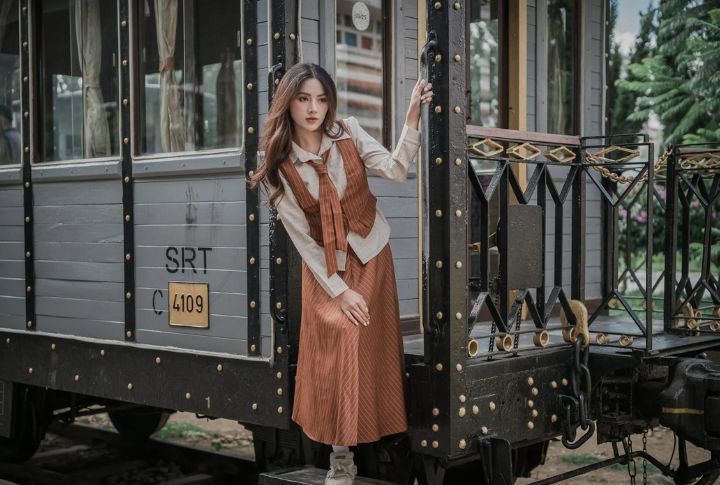
From department store counters to TV ads, women sold products by performing ideal femininity. Modeling jobs increased in the 1950s as consumerism rose. Beauty demonstrators worked long hours with commission-based pay, memorizing pitch lines while navigating aggressive sales quotas and rigid appearance standards.
Maids In Hotels And Hospitals
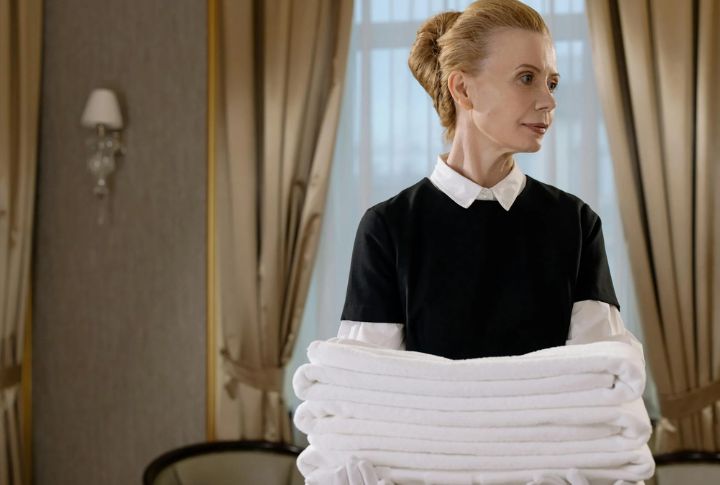
Housekeeping required stamina and invisibility. Women, especially immigrants and women of color, filled these roles by the hundreds of thousands. Though labor-intensive and low-paying, the job provided steady hours and minimal formal education. Institutional employers like hospitals later became major female job providers in urban areas.
Bank Tellers
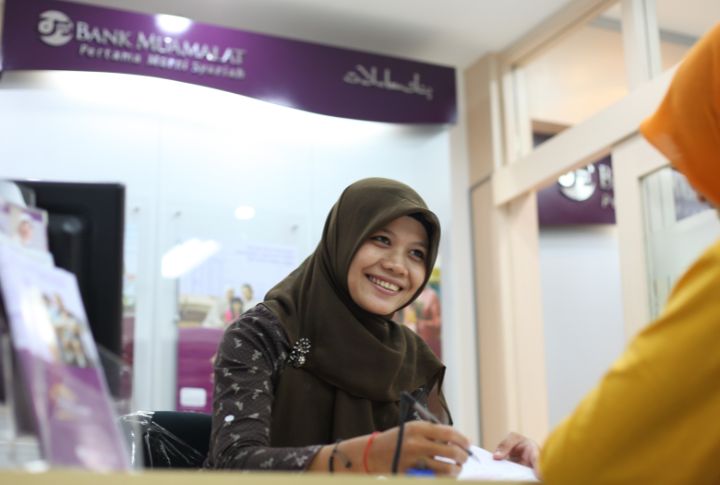
Behind the counters, women handled deposits and mountains of paperwork with professional polish. By the 1960s, they staffed most front-end banking positions. Despite public visibility, promotion paths remained narrow. Many wore uniforms and recited scripts while men moved into management and financial advising.
Receptionists
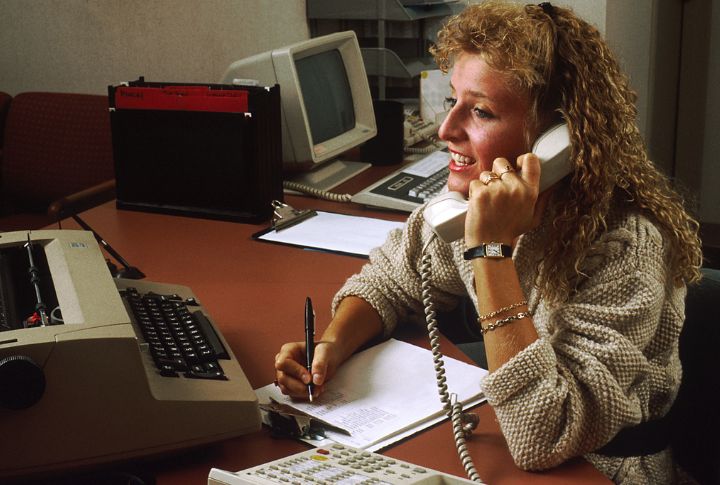
First impressions came through them. Receptionists balanced friendliness with discretion, managing calls, visitors, and scheduling with unfailing politeness. The job demanded a composed voice and near-total patience. In 1980, they formed the backbone of American front offices. They were essential and yet still widely underpaid and overlooked.
Avon Ladies And Door-to-Door Saleswomen
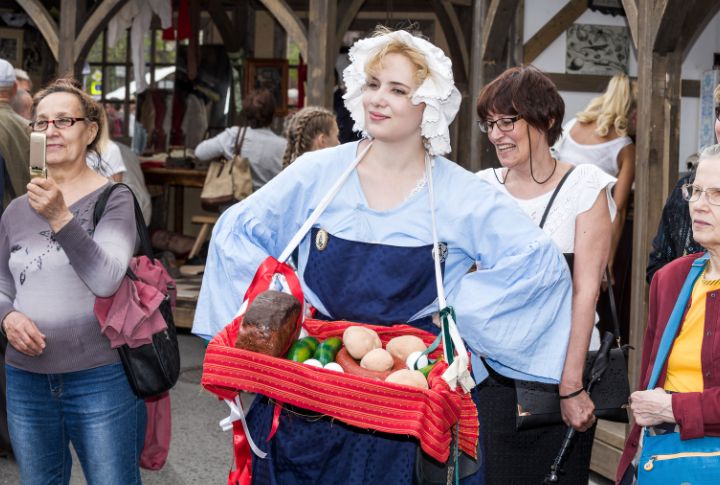
Homegrown entrepreneurship thrived here. Avon ladies earned commissions selling cosmetics to neighbors, often balancing family responsibilities with personal sales targets. It allowed flexible hours and modest income without entering male-dominated offices. For many, it doubled as a social outlet and an escape from domestic isolation.
Telephone Survey Workers

Before online polls, women dialed strangers to collect opinions or confirm household data. These roles grew in the 1960s with the rise of market research. The hours were flexible and the pay modest, but for students and mothers, it offered a rare income source.
Postal Clerks

Steady federal work drew many women to post offices. Sorting mail, managing counters, and organizing deliveries became everyday duties. By 1975, women made up 24% of postal workers, most serving in clerical roles. Additionally, pensions and upward mobility made it more than just a job.

Comments
Loading…